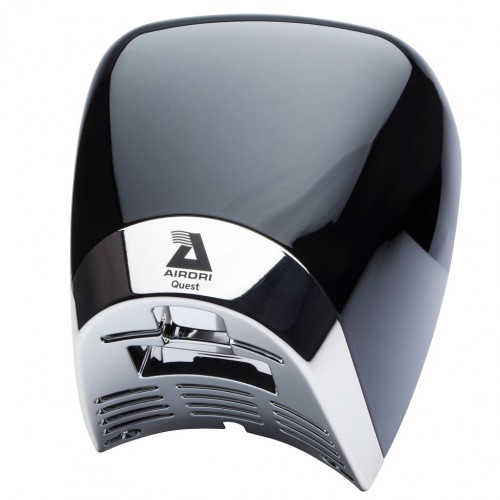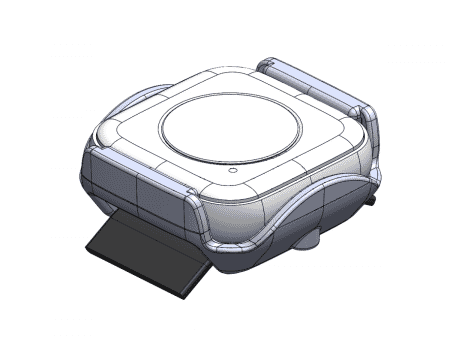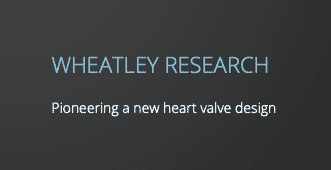With 3D Printing readily available, why should I consider CNC machining?
With all the hype around 3D printing, the initial impression is that it is a panacea for everything! As usual, life is not that straightforward. 3D Printing or Additive Manufacture can achieve some great results, especially if time is very limited. However, to assume that other technologies are now redundant is a leap too far.
 Costs are proportional to size
Costs are proportional to size
Firstly, 3D Printing costs are usually proportional to size – hence as parts get larger, alternative processes such as machining start to stage a comeback. The exact point moves around for different processes and geometries.
Surface finishes
Secondly, there is the big issue of surface finish. 3D Printed parts by their nature will be made in layers and on curved surfaces these can appear as steps. To achieve a good surface finish this needs to be hand dressed out before painting or tooling. CNC Machining works in a minimum of three simultaneous axes. The result being a smooth, accurate surface straight from the machine.
Material choices
Thirdly, materials are usually process specific for 3D Printing, whereas the list of options for CNC Machining are huge. Yes, processes such as FDM can additively create parts in ABS, PC etc, but these are still layered and as such will be different from an ABS prototype that has been CNC Machined from solid.
CNC machining as a prototype option
A CNC prototype therefore has a lot to offer, especially if the goal is exhibition models where surface finish must be excellent. See a perfect example of this here. Additionally, CNC machining can be cost competitive, frequently allowing a ‘finished’ part to be delivered for the same price as a ‘raw’ 3D printed part.
Finally if you are looking for a clear part, choosing CNC Machining will give an outstanding level of clarity as can be seen here.
Our advice is don't rule out CNC machining as an option for your prototype part! For further support and advice please pick up the phone and talk to us.

.png)


























